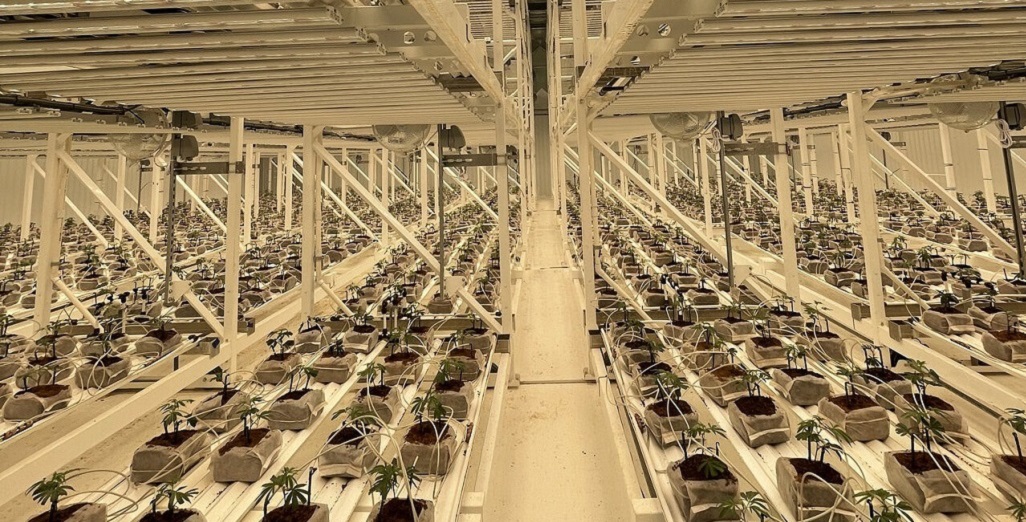Sign up here to subscribe to the Grower2grower Ezine. Every two weeks you will receive new articles, specific to the protected cropping industry, informing you of industry news and events straight to your inbox.
Jan 2019
Planting Stonewool Propagation Blocks on Coco
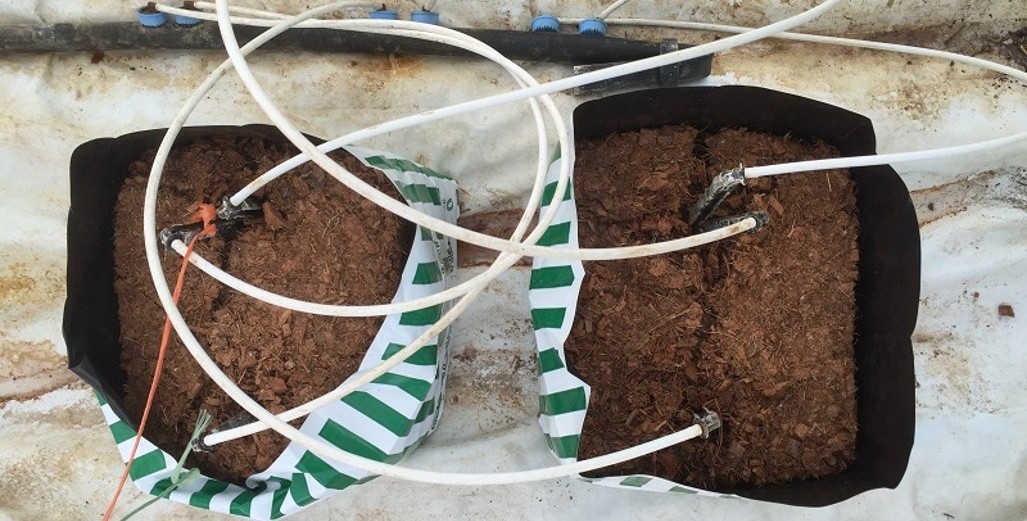
A few tips
I recently visited a customer on the day of planting. It is the height of summer, temperatures may be reaching up to and over thirty degrees in empty greenhouses during the heat of the day. With young plants arriving from a nursery they are already mildly stressed, from being picked up and packed onto trolleys. What they don’t need is any unnecessary additional stress when being planted in such warm conditions.
The grower I visited uses coco fibre as their media. What I noticed on arrival was the dry 2-3 cm on top of the coco fibre bags. The plants had been hydrated over the two days previous to delivery. However, because of the warm weather the top 2-3 cm of the coco was bone dry. The spikes could not be laid flat on top of the coco, as they would literally just fall out once the irrigation starts and under pressure, so they have to be spiked into the coco. NOTE: I would be hesitant hydrating the substrate for too many days before delivery as the bag will become very warm which is counterproductive and potentially cause Pythium issues after planting.
The plants delivered were grown in stone-wool cubes. They were irrigated the previous afternoon, before delivery, but would’ve dried down overnight to be possibly at 60% water holding capacity. The issue with planting stone-wool cubes directly on top of the bone dry top 2-3cm of coco will have an effect where the coco literally, like a sponge, sucks the moisture from the cube faster than you can have a cup of coffee.
There are a few options. You could manually, with a hose and sprinkler attachment, wet the top of the coco individually, which is both time consuming and unpractical, or you can make sure that as soon as the first plants arrive and are placed onto the substrate that the irrigation starts gifting small shots often. Preventing the stone-wool block from drying down below 30% of its volume in moisture holding capacity is very important. Any lower and you are possibly starting to damage roots, which will then lead to potential issues from Pythium. You will get a lot of runoff but it is really about protecting your plant during a stressful time. I suggest, in this case, the grower irrigates quite a lot for the first two days after delivery. For our overseas readers New Zealand and Australia, during January, is smack bang in the middle of summer. It is hot and very harsh on young plants. Tomatoes are less forgiving than cucumbers, with cucumbers it is even harder for growers. This is why, at this time of the year, if a cucumber grower can not finish planting his greenhouse by 10am, he should stop planting and come back late in the afternoon to finish.
Some tomato and cucumber growers have shade/energy screens. These are fantastic for the day of planting to help reduce stress to the plant. However, I would be cautious and only use the screens for the day of planting. The plants should be settled and the roots penetrating into the substrate within 24-48 hours.
The photo above shows the dry layer of coco. It is not an issue if you know how to deal with it.
I appreciate your comments. Please feel free to comment below or on the grower2grower Facebook page:
https://www.facebook.com/StefanGrower2grower/
Article Written by Stefan Vogrincic, Consultant, Grower2Grower
CLASSIFIED
Subscribe to our E-Zine
More
From This Category
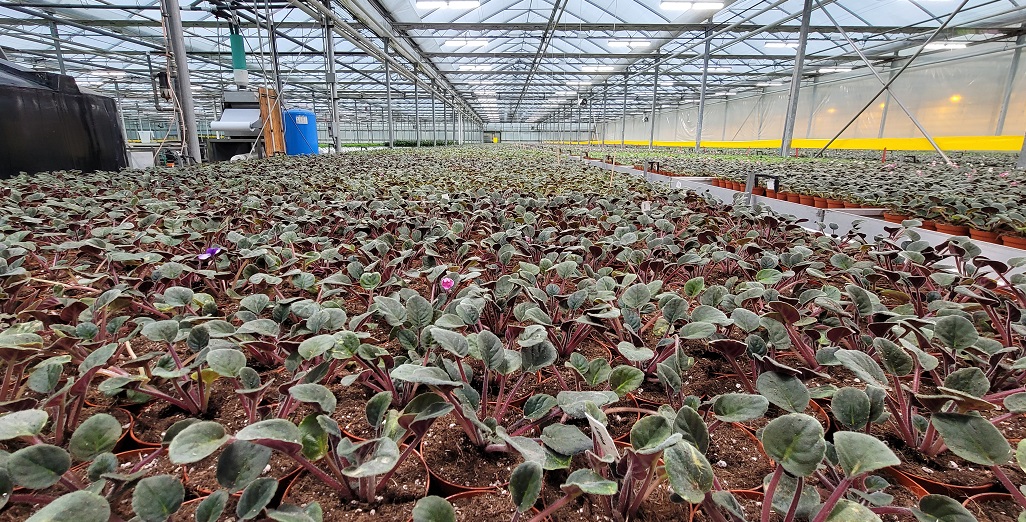
Free Webinar on Controlling Waterborne Pathogens in Greenhouses

Whitepaper elaborates on safe recirculation of irrigation water
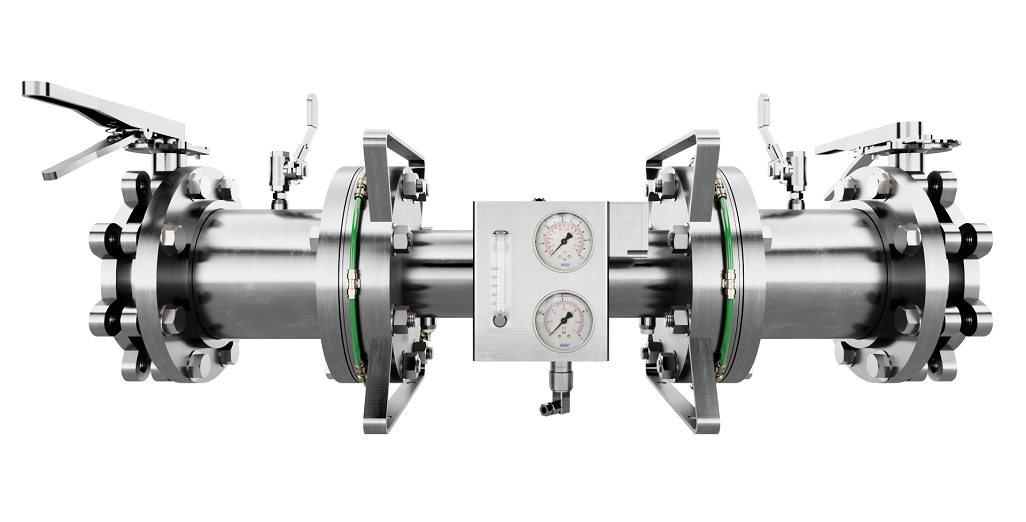
Introducing Moleaer’s Trinity: Revolutionizing Agriculture with Advanced Nanobubble Technology
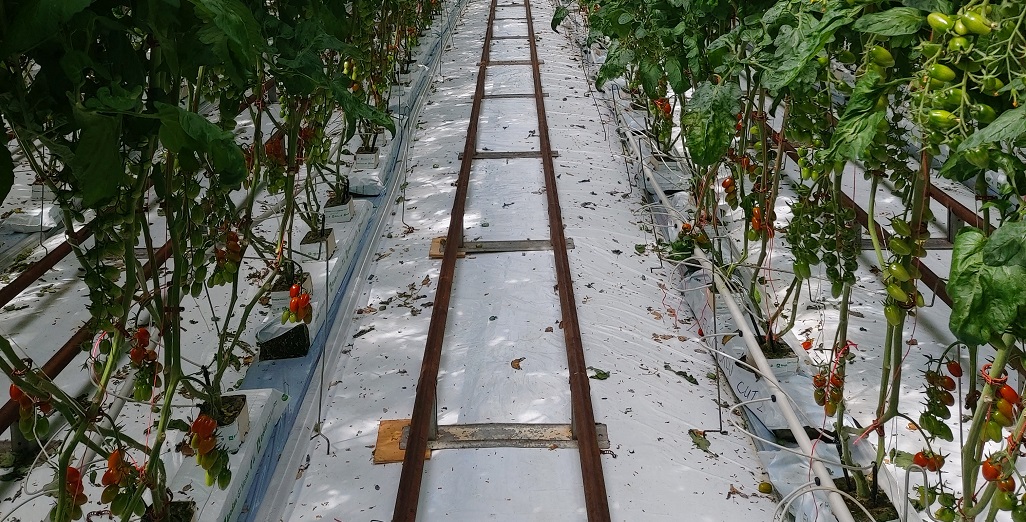
Fleecegrow turning wool into substrates a reality – GROWER SURVEY
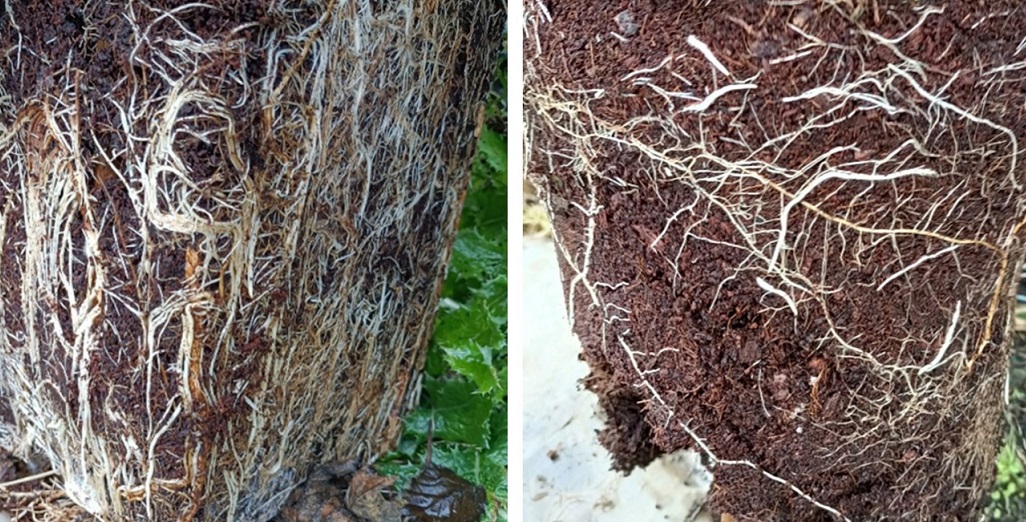
Synergy – protect plants from various soil-borne pathogens.
